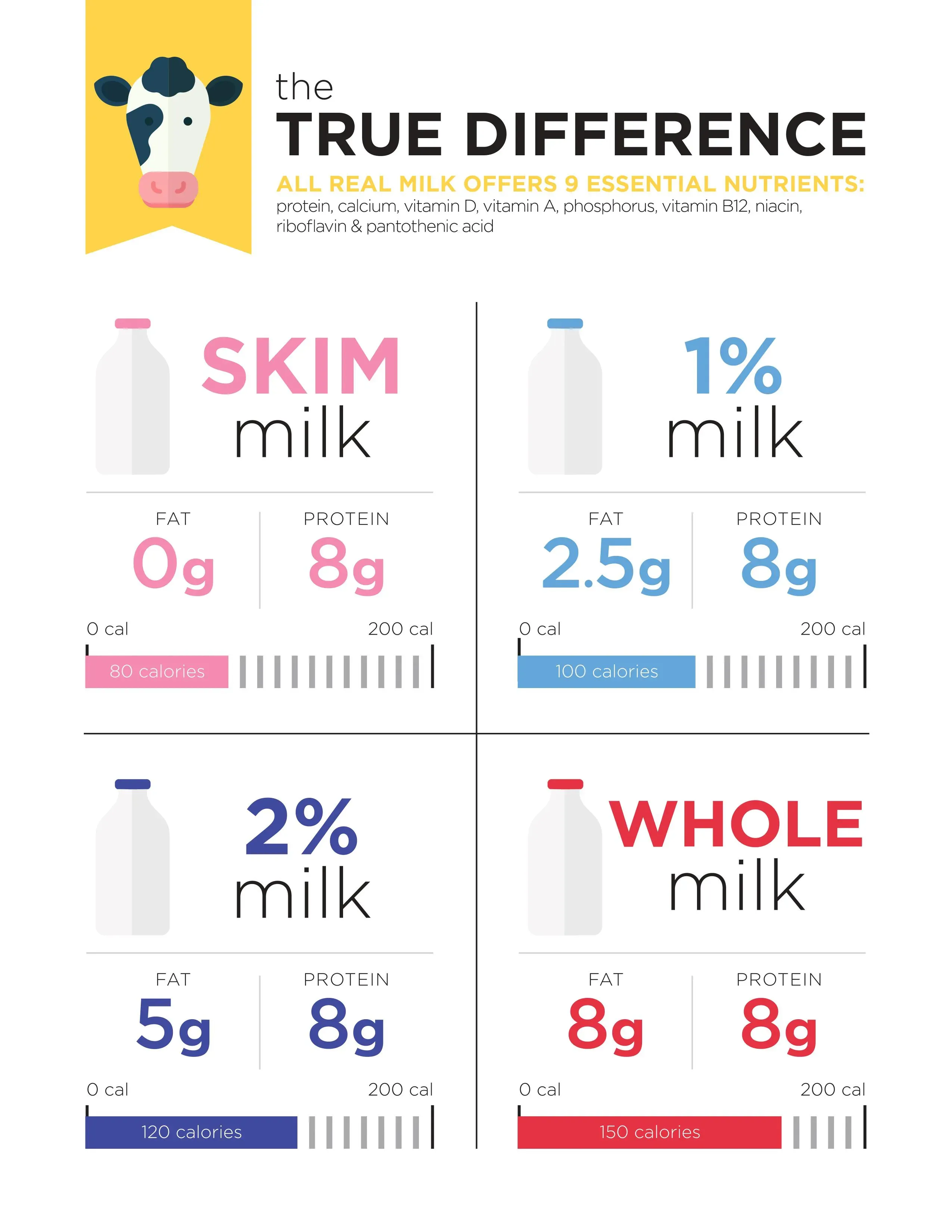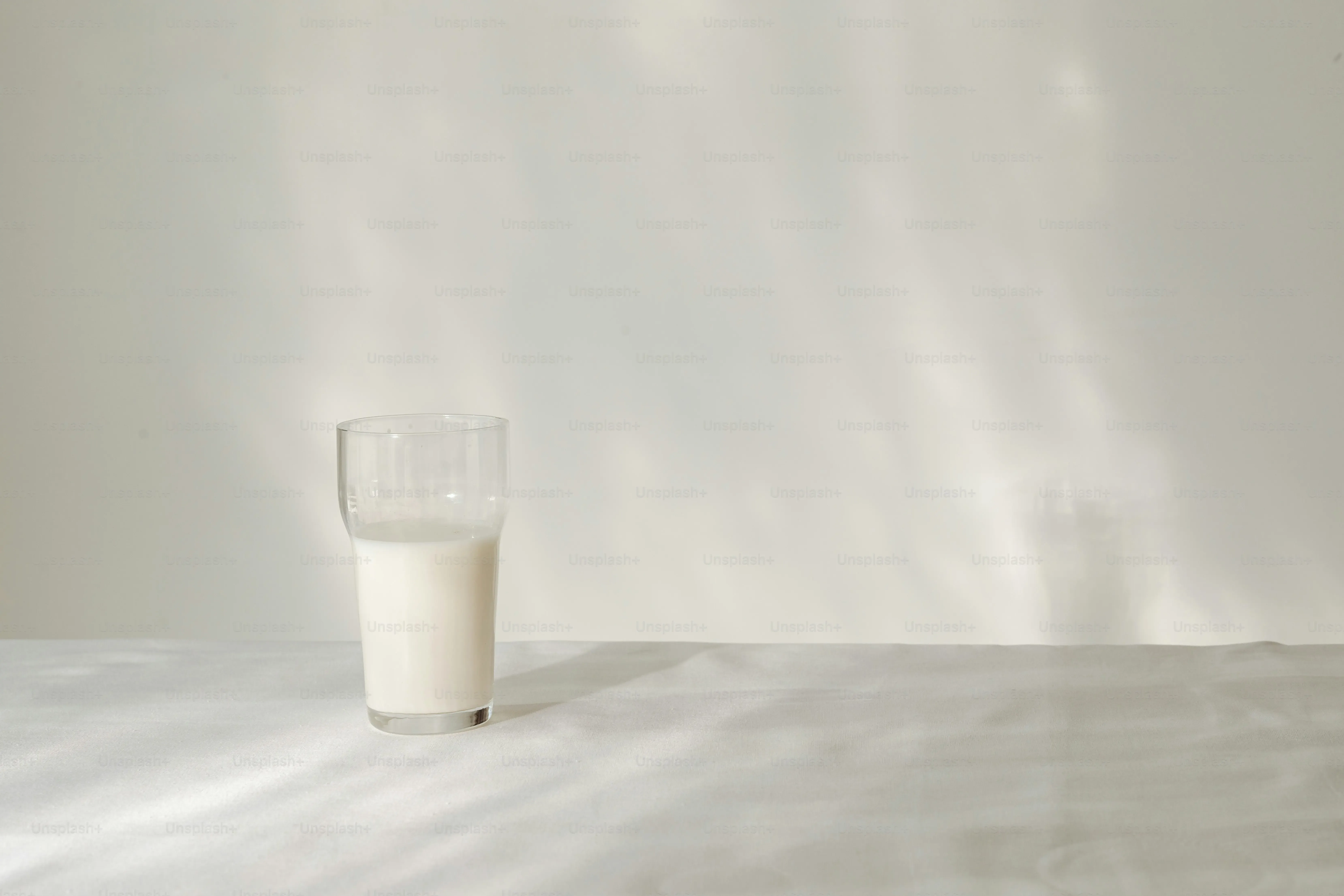Table of Contents
Standing in the dairy aisle can feel like navigating a minefield of labels. Whole milk, 2%, 1%, skim... it's enough to make you just grab the closest carton and hope for the best. But when you're specifically trying to figure out the difference between reduced fat vs low fat milk, things get even murkier. Are they the same thing with fancy marketing? Does a tiny percentage point really matter? It turns out, there's a method to the madness behind those labels, and understanding it can help you pick the right carton for your morning cereal or coffee. This isn't just about counting fat grams; it's about what those numbers mean for taste, texture, and the nutrients you're getting. Let's cut through the confusion and figure out what's actually going on with reduced fat vs low fat milk so you can make an informed choice without needing a dairy science degree.
What's the Deal with Milk Fat?

What's the Deal with Milk Fat?
More Than Just Calories: Understanding Milk Fat
Let's get down to brass tacks: What's the Deal with Milk Fat? It's not just some random component floating around in your glass. Milk fat, also known as butterfat, is a complex mix of fatty acids. It's what gives milk its rich flavor and smooth texture. Think of it as the body and soul of whole milk. It carries fat-soluble vitamins like A, D, E, and K. Skimming off the fat changes more than just the calorie count; it alters the entire experience of drinking milk, impacting everything from how it feels in your mouth to how those important vitamins are absorbed.
The Percentage Game: How Milk Gets Labeled
Ever notice the percentages on milk cartons? That number tells you how much fat is in the milk by weight. Whole milk, straight from the cow before processing, typically clocks in around 3.25% fat. When producers start removing fat, they create the different varieties you see at the store. They standardize the fat content to ensure consistency. This is where the terms "reduced fat" and "low fat" come into play, referring to specific percentage points below that whole milk standard. It's a precise process, not just a guesstimate, aiming for those exact numbers on the label.
Here’s a quick breakdown of common milk types by fat percentage:
- Whole Milk: Around 3.25% fat. The original deal.
- Reduced Fat Milk (2%): Contains 2% fat by weight. A noticeable step down from whole.
- Low Fat Milk (1%): Contains 1% fat by weight. Getting closer to water, some might say.
- Fat-Free Milk (Skim): Less than 0.5% fat, often rounded down to 0%. Practically no fat left.
Why Do We Care About Milk Fat Anyway?
People focus on milk fat for a few main reasons. Historically, dietary guidelines pushed for lower fat intake across the board, leading many to switch from whole milk to lower-fat options like reduced fat vs low fat milk. Taste is another huge factor; some prefer the creamy mouthfeel of higher fat milk, while others find it too heavy. Then there's the nutrient angle – while lower fat means fewer calories and less saturated fat, it also means fewer naturally occurring fat-soluble vitamins unless they are added back in, which is common practice. So, the choice often boils down to a mix of dietary goals, personal preference, and nutritional considerations.
Reduced Fat vs Low Fat Milk: Breaking Down the Numbers

Reduced Fat vs Low Fat Milk: Breaking Down the Numbers
The Official Definition: What the Labels Really Mean
So, you're staring at the cartons, wondering about the difference between reduced fat vs low fat milk. It's not just a marketing whim; there are actual regulations behind these labels. The U.S. Food and Drug Administration (FDA) sets standards for what these terms mean on food labels. "Reduced fat" typically means the product has at least 25% less fat than the standard version. In the case of milk, the standard is whole milk, which is around 3.25% fat. So, reduced fat milk, commonly labeled as 2% milk, fits this description because 2% is roughly 38% less fat than 3.25%. "Low fat" is even stricter; it means the product contains 3 grams of fat or less per serving. For milk, 1% milk falls into this category as a typical serving (8 ounces) has about 2.5 grams of fat. Skim milk, with less than 0.5 grams of fat per serving, is labeled "fat-free." It's a numbers game dictated by the feds, ensuring some level of consistency on the shelves when you compare reduced fat vs low fat milk.
Beyond the Fat: Nutrition and Taste Differences

Beyond the Fat: Nutrition and Taste Differences
Taste and Texture: It's More Than Just Water
Alright, so we've nailed down the numbers on reduced fat vs low fat milk. But let's be real, nobody's drinking milk because of its fat percentage printed on a label. They're drinking it because it tastes good, or at least, it's supposed to. This is where the fat content really shows its face. Reduced fat milk, the 2% stuff, still has a noticeable creaminess compared to its 1% low fat cousin. It coats your tongue a bit more, feels richer. Think about pouring it into coffee – the 2% gives it a slightly smoother texture, a little more body. The 1%? It's thinner, much closer to skim. Some folks find the 1% a bit watery, especially if they're used to whole or 2%. It really depends on what you're doing with it. Cereal? Maybe the 1% is fine. A glass by itself? That's where the texture difference between reduced fat vs low fat milk becomes pretty obvious.
Nutrient Knockout? Vitamins and Minerals
Now, onto the stuff you can't taste but definitely matters: the nutrients. You might think taking out fat just removes calories, but remember those fat-soluble vitamins we talked about? Vitamins A and D are naturally present in milk fat. When you reduce or remove the fat, those vitamins go with it. That's why milk, especially reduced fat vs low fat milk and skim, is typically fortified with Vitamins A and D. They add them back in to make sure you're still getting those important nutrients. Calcium and protein, the rockstars of milk, generally stay consistent across the different fat levels. So, while the *natural* vitamin profile shifts, fortification aims to keep the nutritional playing field level for the big hitters. It's not a total nutrient knockout when you go lower fat, thanks to modern processing.
Nutrient (per 8 oz serving, approx.) | Reduced Fat Milk (2%) | Low Fat Milk (1%) |
|---|---|---|
Calories | ~122 | ~102 |
Total Fat | ~4.8g | ~2.6g |
Saturated Fat | ~3g | ~1.6g |
Protein | ~8g | ~8g |
Calcium | ~300mg | ~300mg |
Vitamin D (fortified) | ~2.4mcg | ~2.4mcg |
Choosing Between Reduced Fat vs Low Fat Milk for You

Choosing Between Reduced Fat vs Low Fat Milk for You
Aligning Milk Choice with Your Goals
So, how do you actually pick a side in the reduced fat vs low fat milk showdown? It's not about one being universally "better." It really boils down to your personal preferences and what you're trying to achieve with your diet. If you're accustomed to whole milk and find the jump straight to 1% too drastic in terms of taste and texture, reduced fat (2%) milk can be a good stepping stone. It offers a noticeable reduction in fat and calories compared to whole milk, but still retains some of that creamy mouthfeel that makes milk satisfying. Think about how you use milk most often. Is it primarily for drinking straight? In coffee? Poured over cereal? The application can heavily influence which texture you prefer. Don't force yourself to drink something you find unpleasant just because it has slightly fewer calories; sustainability in dietary changes matters more than fleeting perfection.
Considering Calories and Saturated Fat Intake
For many, the choice between reduced fat vs low fat milk comes down to managing calorie and saturated fat intake. Low fat (1%) milk simply has less of both compared to reduced fat (2%) milk. If you're watching your overall calorie consumption closely, or if your diet is already high in saturated fats from other sources, opting for 1% can make sense. It provides the same protein and calcium boost as 2% milk, just with a lighter nutritional footprint in terms of fat. However, the difference in calories per serving isn't enormous – about 20 calories. Over a day or a week, if you're drinking multiple glasses, this can add up, but for casual use, the impact might be less significant than you think. Consider your total dietary picture before fixating solely on the milk carton numbers.
Here are some questions to ask yourself when choosing:
- How important is taste and texture to you?
- Are you actively counting calories or monitoring saturated fat intake?
- How much milk do you typically consume in a day?
- What do you primarily use milk for (drinking, cooking, cereal)?
- Are you transitioning from whole milk, or have you been drinking lower-fat milk for a while?
Making Your Milk Choice
So, when you're staring down the dairy case, the difference between reduced fat vs low fat milk boils down to a couple of grams of fat per serving. This might slightly impact the creaminess you get, or contribute a tiny bit more toward your daily fat intake. For most people, the nutritional differences are marginal when looking solely at the fat content. Your decision likely comes down to personal taste preference – some find 2% just hits the spot, while others prefer the lighter feel of 1%. Consider what you're using the milk for and what matters most to you in your daily diet.
